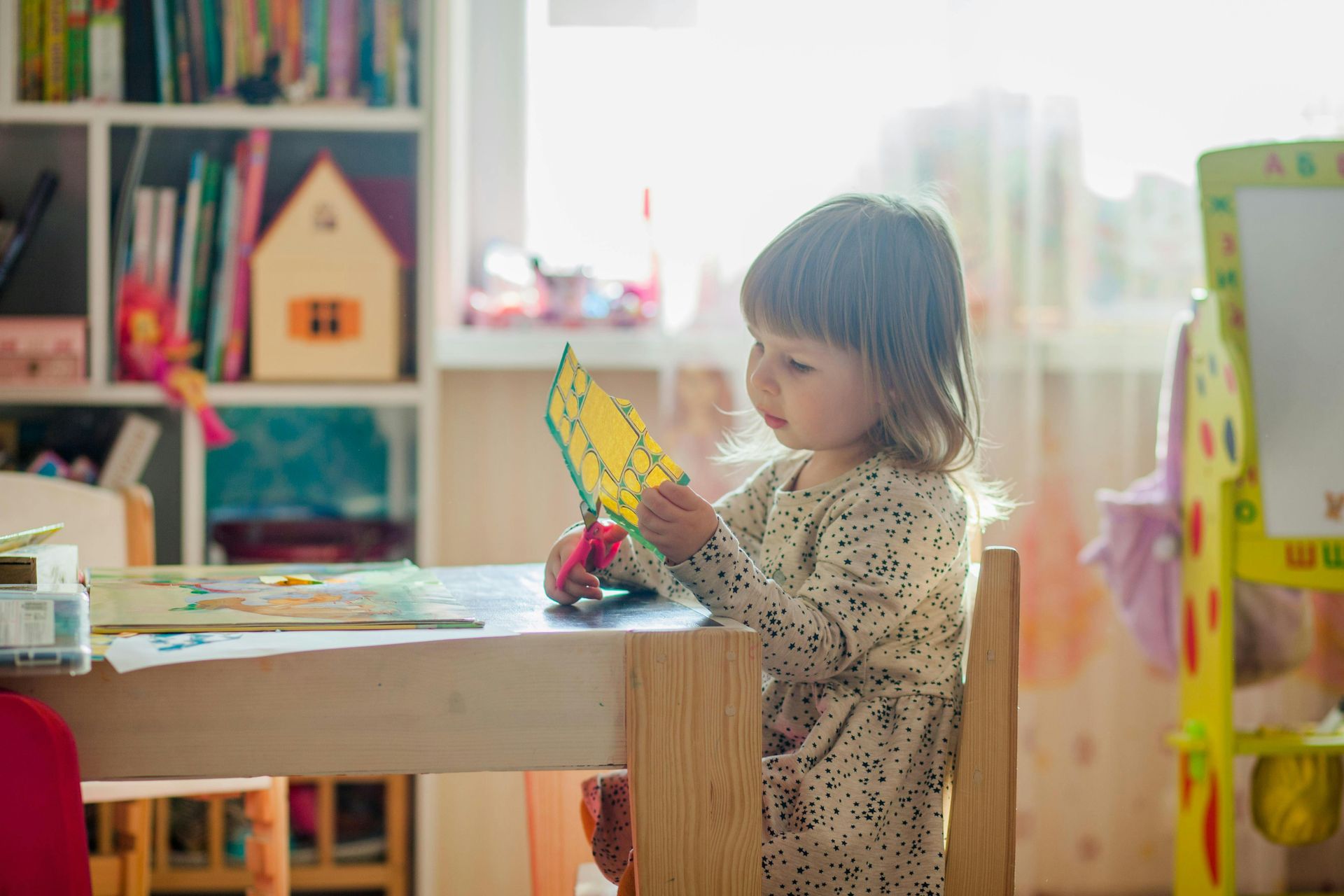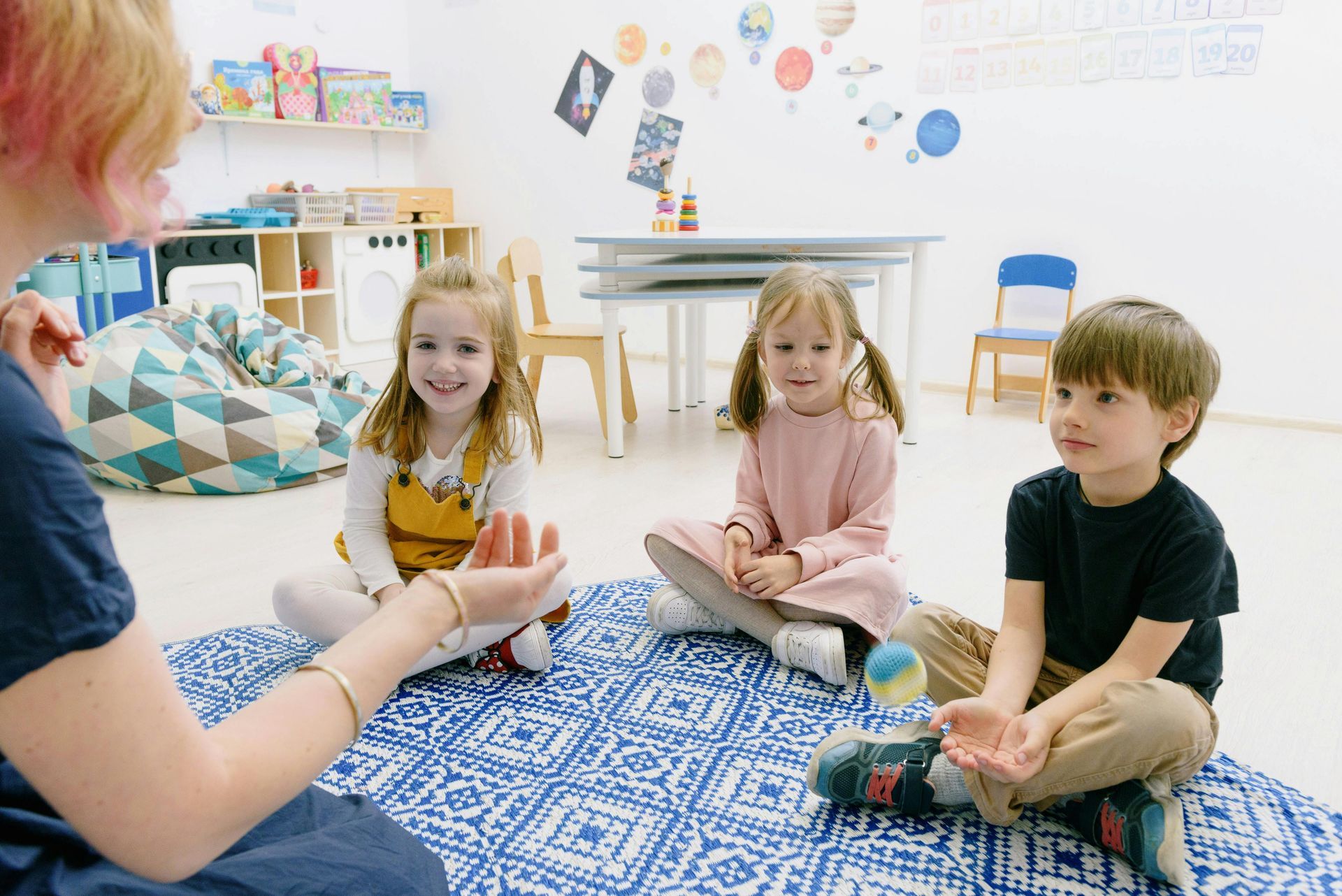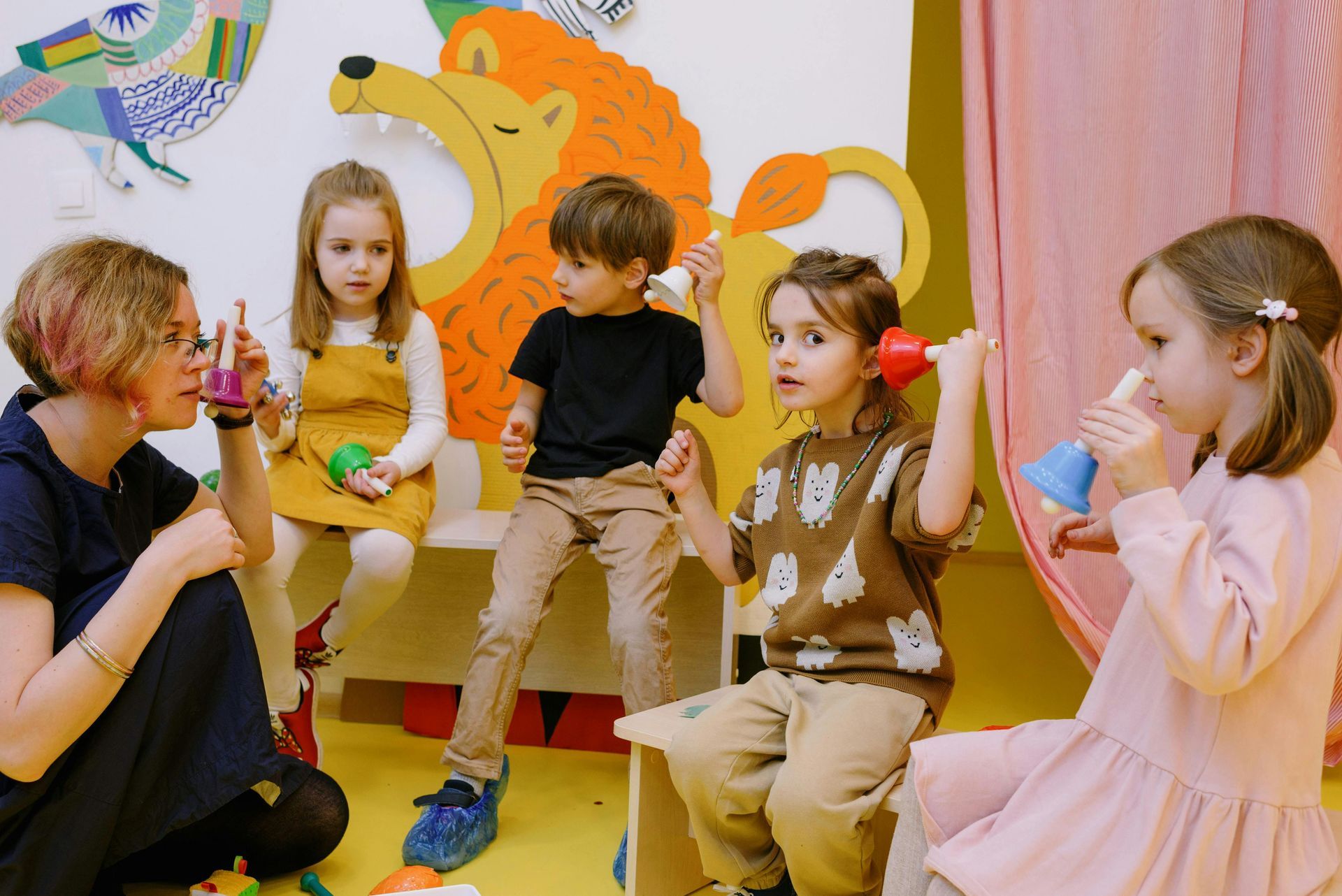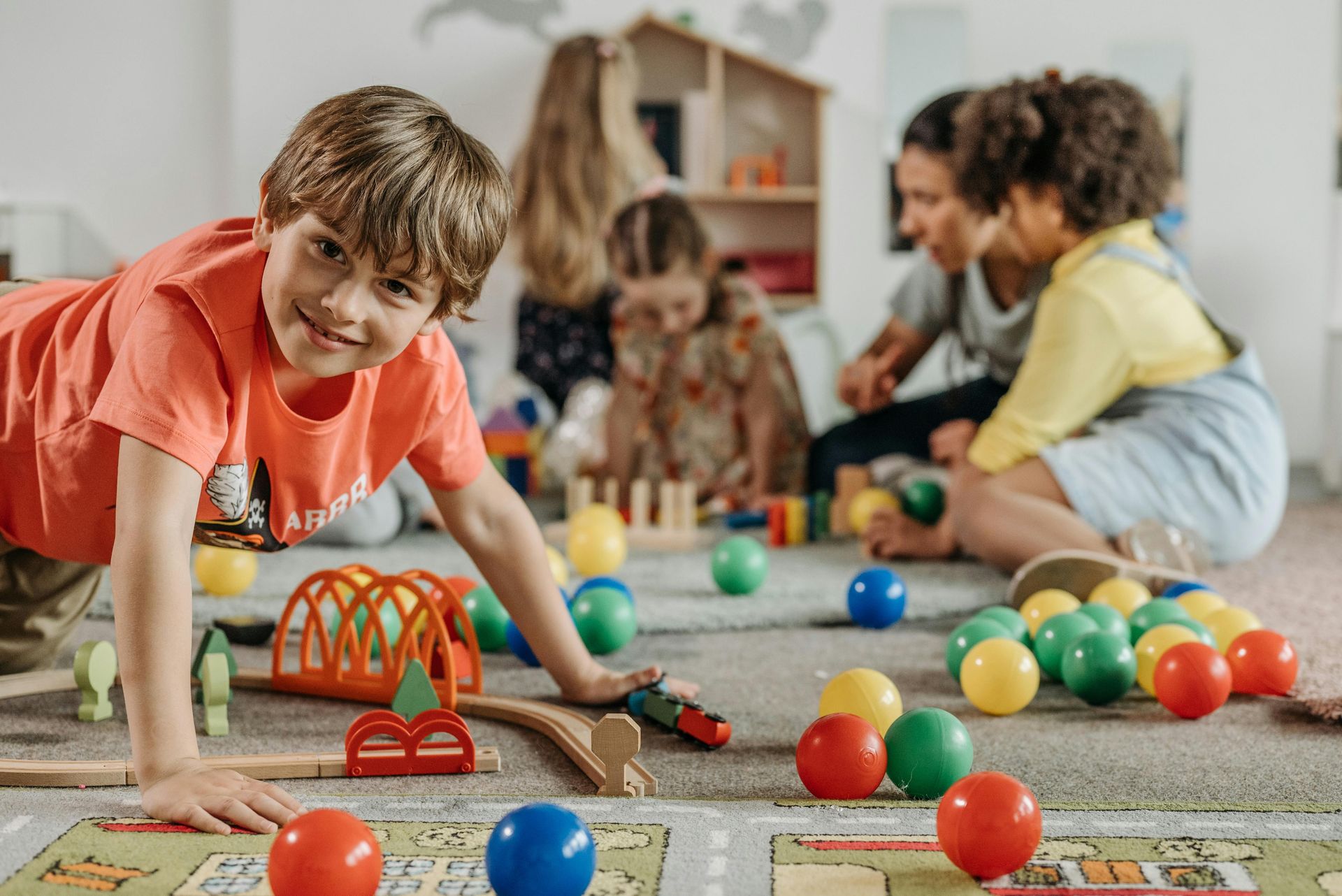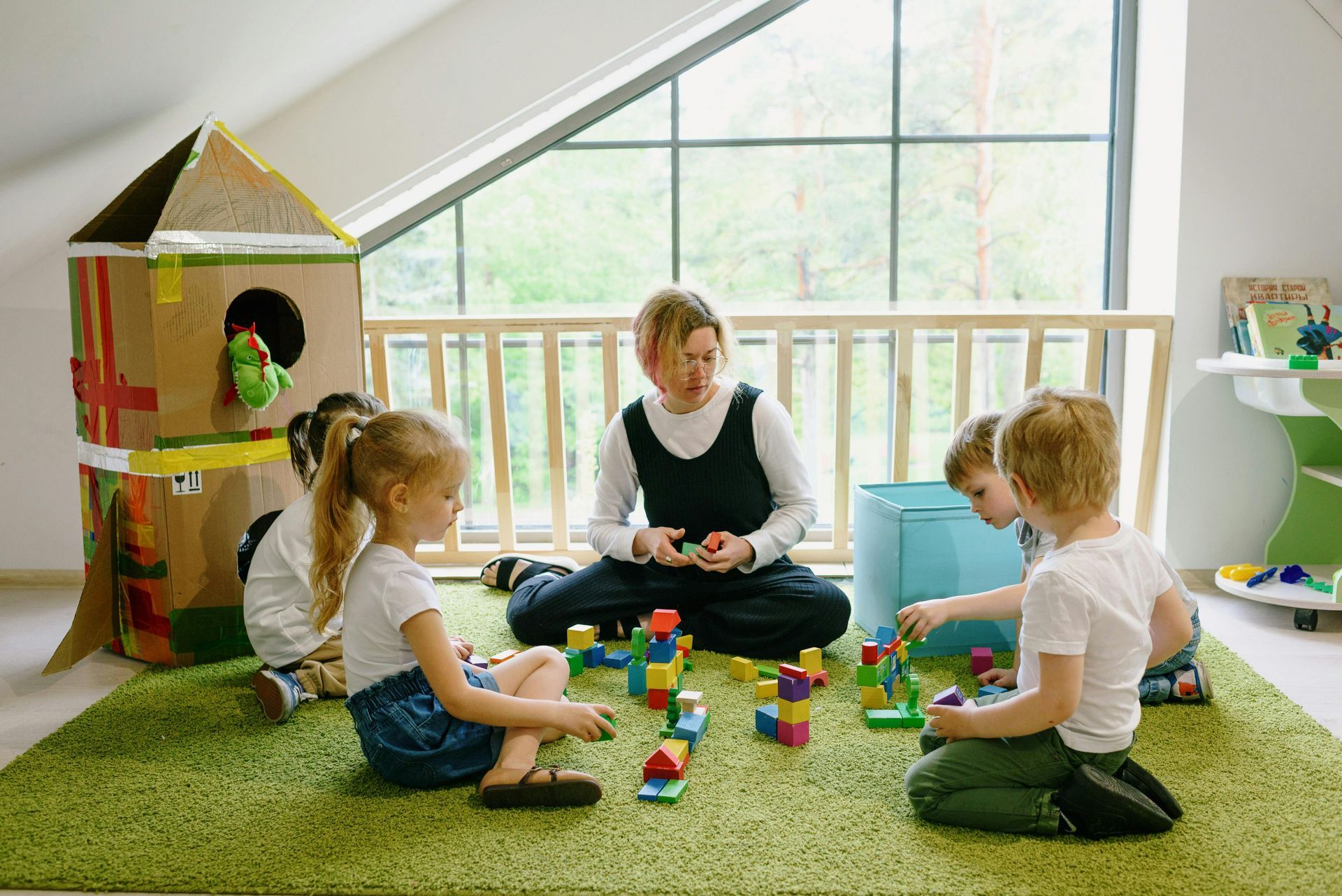Creating a Foundation for Lifelong Learning: How Early Childhood Education Shapes Future Success
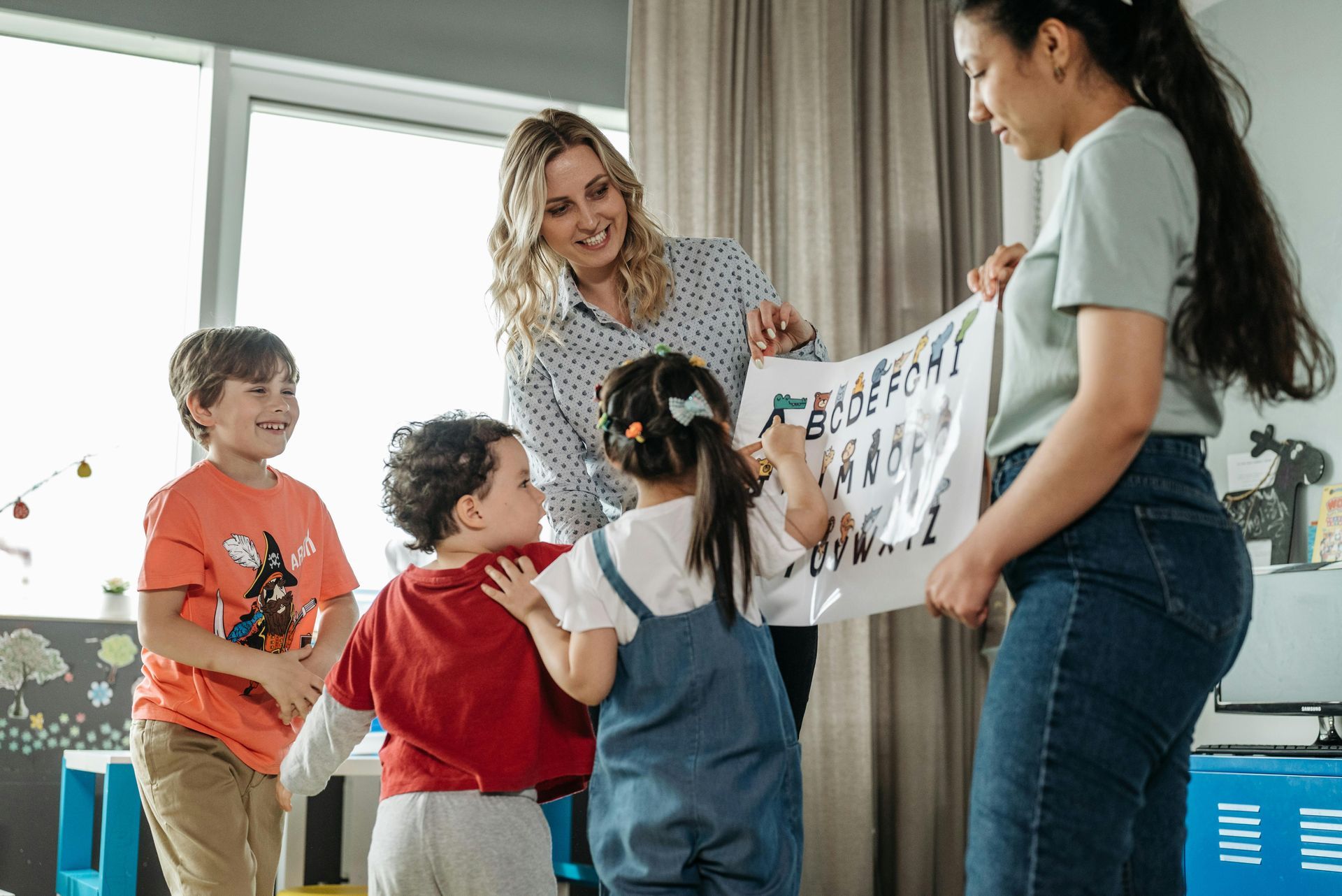
The early years of a child’s life are crucial for their cognitive, emotional, and social development. As educators and caregivers, it is our responsibility to build a solid foundation for lifelong learning, helping children develop skills that will serve them throughout their lives. At Playtime Academy, we focus on creating an environment that encourages curiosity, critical thinking, and resilience from the very beginning. In this blog post, we’ll explore how early childhood education plays a pivotal role in shaping a child’s future success and the strategies we use to set them on the path toward lifelong learning.
The Importance of Early Childhood Education
Research consistently shows that the first five years of a child’s life are vital for brain development. This period is when children’s brains form the foundational connections that shape their ability to think, learn, and interact with others. The experiences children have during these early years set the stage for their academic and social success later in life.
At Playtime Academy, we believe that education is not just about academics. It’s about fostering a love for learning, building curiosity, and encouraging a child’s natural drive to explore the world around them. By providing a supportive and engaging learning environment, we help children develop a growth mindset that stays with them as they continue their education and later life experiences.
Building the Building Blocks of Learning
Early childhood education is not just about teaching children what they need to know—it’s about preparing them for the process of learning itself. Here’s how we do that:
1. Encouraging Curiosity and Exploration
Curiosity is the cornerstone of lifelong learning. Young children are naturally curious about their surroundings and have an innate desire to explore. At
Playtime Academy, we nurture this curiosity by providing opportunities for children to engage with new experiences, whether it’s exploring the outdoors, participating in sensory play, or experimenting with different materials. This hands-on approach allows children to learn through trial and error, which builds critical thinking skills.
2. Promoting Cognitive Development through Play
Play is often described as “the work of children,” and for good reason. It’s through play that children practice problem-solving, critical thinking, and creativity. Whether they’re building with blocks, sorting shapes, or engaging in imaginative play, children are developing their cognitive abilities in ways that are both fun and educational. We also incorporate early literacy and numeracy skills into our play-based learning, helping children build a strong academic foundation in a natural and engaging way.
3. Building Emotional Resilience and Social Skills
Lifelong learning is not only about academics but also about emotional resilience and social intelligence. At
Playtime Academy, we provide an environment where children learn to manage their emotions, interact with peers, and develop empathy. Social play helps children build cooperation skills, practice conflict resolution, and understand different perspectives. These skills are essential for success in school and in life. By fostering emotional resilience, we help children develop the confidence to face challenges and approach new situations with a positive attitude.
4. Encouraging Independence and Self-Confidence
We believe that children learn best when they feel confident and capable. That’s why we encourage independent thinking and problem-solving in the classroom. By allowing children to make choices, solve problems, and take ownership of their learning, we help them develop a sense of autonomy. This builds self-confidence and prepares them for future challenges by teaching them that they can be proactive and find solutions on their own.
5. Creating a Love for Learning
Perhaps the most important aspect of early childhood education is fostering a love for learning that lasts a lifetime. When children feel safe, engaged, and excited about learning, they are more likely to develop a passion for acquiring new knowledge throughout their lives. By making learning fun, interactive, and relevant to their interests, we instill in children the belief that learning is a joy, not a chore. This mindset is crucial for future academic success and personal growth.
The Role of Play-Based Learning in Early Childhood Education
At
Playtime Academy, we use a play-based learning approach that integrates academic concepts with creative, hands-on activities. Play-based learning encourages children to experiment, explore, and develop problem-solving skills in a relaxed and enjoyable environment. Here are some of the ways we implement this approach:
1. Sensory Play for Cognitive and Physical Growth
Sensory play is an essential part of early childhood education. Activities such as playing with sand, water, or playdough help children engage their senses while building fine motor skills and cognitive abilities. By exploring different textures, colors, and shapes, children learn about the world around them and develop foundational skills in language, math, and science.
2. Interactive Learning Stations
Our classrooms are designed with interactive learning stations where children can explore various themes, such as building, art, nature, and science. Each station is filled with materials that encourage hands-on discovery. These stations allow children to practice problem-solving, collaboration, and creativity in a structured yet flexible setting.
3. Storytelling and Literacy Development
We believe that stories are a powerful way to develop language skills and stimulate the imagination. Through storytelling, children expand their vocabulary, improve their listening skills, and begin to understand narrative structures. We also encourage children to create their own stories, whether through pictures, play, or verbal expression, to further strengthen their literacy skills.
4. Movement and Physical Activities
Physical activity plays a significant role in early childhood development. At
Playtime Academy, we incorporate movement into our daily routines, whether it’s through dance, outdoor games, or yoga. Physical activity not only promotes healthy growth but also enhances cognitive function, coordination, and emotional well-being.
Preparing for the Future: Lifelong Learning Mindset
At
Playtime Academy, our ultimate goal is to prepare children for a future filled with endless possibilities. By focusing on cognitive, emotional, social, and physical development, we create well-rounded individuals who are equipped with the skills needed for academic success and personal fulfillment. We understand that the foundation laid in these early years is crucial for the child’s future, and we work diligently to ensure that every child in our care has the opportunity to thrive.
Discover how fostering emotional intelligence through play and building resilience can prepare children for life's challenges by reading our blog posts on
fostering emotional intelligence in children through play and
how playtime builds resilience.
Conclusion
Early childhood education is the key to unlocking a child’s potential. At
Playtime Academy, we are committed to fostering a love of learning, developing essential life skills, and creating an environment that encourages children to explore, question, and grow. By laying the foundation for lifelong learning, we help children develop the confidence, resilience, and curiosity needed to succeed in school and beyond.

